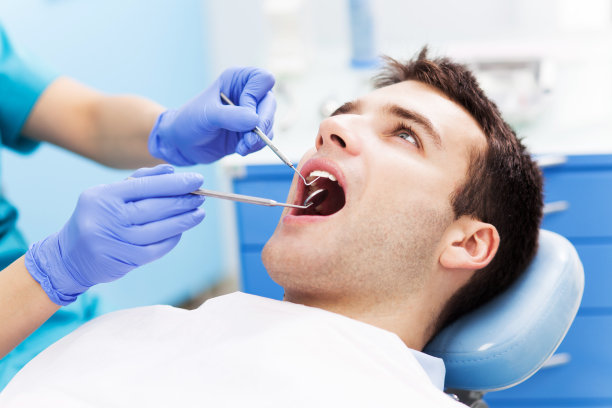The Essential Guide to Understanding the Tooth Extraction Process and Its Impact on Oral Health
Summary: This article delves into the tooth extraction process and its significant implications for oral health. It begins by outlining the reasons for tooth extractions, focusing on both medical and cosmetic factors. Next, the article explains the step-by-step procedure of tooth extraction, ensuring readers understand what to expect. The discussion then shifts to post-extraction care and the importance of proper healing to maintain oral health. Finally, the impact of tooth extractions on overall dental health and any potential long-term effects are examined, providing a comprehensive understanding of this important dental procedure.
1. Reasons for Tooth Extractions Explained

Tooth extractions can be necessitated for a variety of reasons, both medical and aesthetic. One predominant reason is periodontal disease, a condition that affects the gum tissue, leading to inflammation and infection. As the disease progresses, it can compromise tooth stability, requiring extraction to alleviate pain and prevent further complications.
Another common reason for tooth extraction is tooth decay. When cavities advance significantly, they can result in extensive damage that may not be repairable through fillings. In such cases, the best course of action is to remove the affected tooth to prevent the spread of decay to adjacent teeth.
Aesthetic considerations also play a crucial role in tooth extractions. Individuals may choose to have a tooth extracted for orthodontic reasons, such as creating space to align teeth properly. Removing a tooth strategically can enhance the overall alignment and appearance of the smile.
2. Understanding the Tooth Extraction Procedure
A tooth extraction typically begins with a consultation, where the dentist will evaluate the need for the procedure and explain the process in detail. This step is essential to ensure that the patient understands what to expect and to address any concerns they may have.
On the day of the extraction, local anaesthesia is administered to numb the area around the affected tooth. This ensures that the patient feels minimal discomfort during the procedure. In some cases, sedation might also be used to help relieve anxiety and induce relaxation.
The actual extraction involves the dentist carefully loosening the tooth from its socket in the jawbone and then removing it. For impacted teeth, such as wisdom teeth, the procedure may require incisions to access the tooth, making it slightly more complex. After the tooth is removed, the dentist will provide instructions for post-operative care to promote proper healing.
3. Post-Extraction Care Importance
Post-extraction care is vital for a smooth recovery and the prevention of complications. It starts immediately after the procedure when the dentist may place gauze over the extraction site to control bleeding. Patients are encouraged to bite down gently on the gauze to promote clot formation, which is crucial for healing.
Following the procedure, it is recommended to manage pain with prescribed medications or over-the-counter pain relievers. Ice packs can also be applied to the outside of the cheek to minimize swelling. Patients should follow the dentists instructions regarding diet, often starting with soft foods to avoid irritating the extraction site.
Additionally, maintaining oral hygiene is essential, but care must be taken around the extraction site. Gentle rinsing with warm salt water can help keep the area clean. Regular follow-up appointments are also important to ensure proper healing and identify any potential complications early.
4. Long-Term Impacts on Oral Health
The impact of tooth extractions extends beyond immediate recovery, influencing long-term oral health. One significant concern is the potential for shifting teeth. When a tooth is lost, the surrounding teeth may gradually shift into the gap, leading to misalignment and bite issues.
Furthermore, the loss of a tooth can affect the integrity of the jawbone. Over time, the jawbone may weaken due to lack of stimulation from the root of the tooth. This bone loss can impact the alignment of remaining teeth and may even necessitate future interventions if not properly managed.
Another consideration is the psychological effect of tooth loss. For some individuals, missing teeth can lead to decreased self-esteem and confidence. It is essential for patients to discuss their options for replacements, such as dentures or implants, to restore functionality and aesthetic appeal to their smile.
Summary:
Understanding the tooth extraction process is essential for anyone facing this dental procedure. By recognizing the reasons behind extractions, the procedural steps, post-operative care, and long-term impacts on oral health, patients can better prepare themselves for a successful outcome.
By staying informed and proactive in their dental care, individuals can ensure that their oral health remains a priority even after tooth loss.
This article is compiled by Vickong Dental and the content is for reference only.



